 |
|
-

-

- Help
-

- Binding Way
 Help
Help- How to order
- FAQ
- Prepress Artwork
- Order procedures
- Shipping Methods
- Cover Surface Options
- Quality Class
- Payment Account
- Production Time
- Paper Options
- Binding Way
- Printing Size
 Contact Us
Contact Us-

-

86-13580851182
-

Chinaprinting4u
-

www.chinaprinting4u.com
-

The No.601-605 First International E buidling Nancheng Dongguan Guangdong China
Chinaprinting4u offers a wide range of book binding methods to cater to different project requirements. From the affordability of saddle stitch binding to the durability of hardcover binding, there is a binding method suitable for every type of book. Whether you need a cost-effective binding or a child-friendly binding, Chinaprinting4u has the expertise and options to bring your vision to life. Below we listed some popular binding methods for your reference.
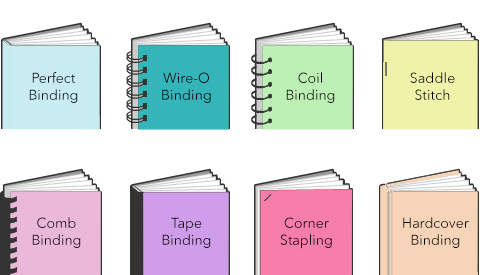
Saddle stitch (staple binding)
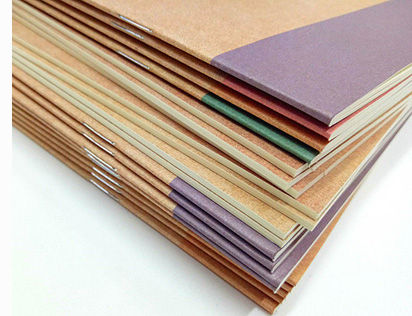
Saddle stitch binding, also known as staple binding, is a popular book binding method for thicker book. This method involves folding the pages of a book or booklet in half and then stapling them together along the fold line. Saddle stitch binding is commonly used for magazines, brochures, and small booklets.
The advantage of saddle stitch binding is its affordability and simplicity. It is a cost-effective option for projects with a lower page count, as it does not require expensive equipment or materials. Additionally, saddle stitch binding allows the book to lay flat when opened, making it easier to read and handle.
However, it is important to note that saddle stitch binding is not suitable for projects with a high page count or those that require durability. The staples used in this method may not hold up well over time, especially when the book is subjected to frequent use or heavy handling.
Perfect binding
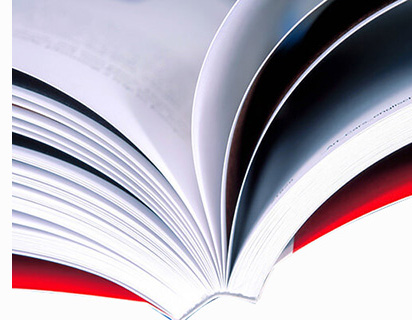
Perfect binding is another popular book binding method. This method involves gluing the pages of a book to a spine, creating a clean and professional finish. Perfect binding is commonly used for paperback books, catalogs, and thicker magazines.
The advantage of perfect binding is its beautiful and professional appearance. The glued spine gives the book a polished look, making it suitable for a wide range of applications, including corporate publications and self-published books. Perfect binding also allows for printing on the spine, enhancing the book's visibility and branding.
However, it is important to consider the limitations of perfect binding. This method is not suitable for books with a low page count(less than 20 pages), as the glue may not adhere properly. Additionally, perfect binding does not allow the book to complete lay flat when opened, which can make it difficult to read and write in.
Sewn perfect binding
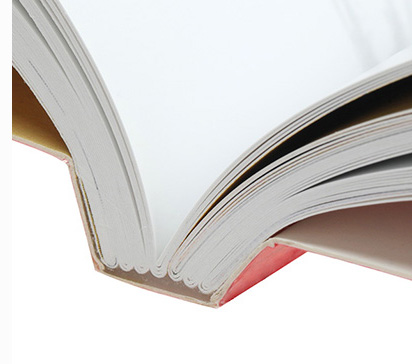
Sewn perfect binding is a variation of perfect binding that offers increased durability and flexibility. This method involves sewing the pages of a book together before gluing them to the spine. Sewn perfect binding is commonly used for high-quality books, art books, novels, children's books, and so on.
The advantage of sewn perfect binding is its strength and longevity. The sewn thread provides additional support to the book, making it more resistant to wear and tear. Sewn perfect binding also allows the book to lay flat when opened, providing a better reading experience.
However, it is important to note that sewn perfect binding is a more expensive option compared to traditional perfect binding. The additional sewing process requires more time and materials, resulting in higher production costs. Sewn perfect binding is best suited for projects that require a premium finish and can accommodate the added expense.
Spiral binding (coil binding)
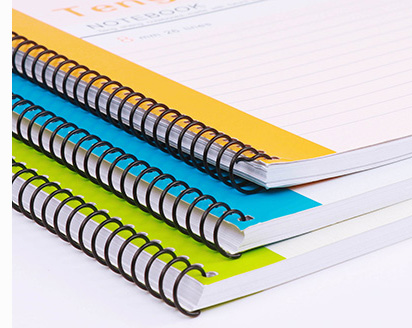
Spiral binding, also known as coil binding, is a versatile book binding method. This method involves inserting a coil-shaped plastic or metal spine through small holes punched along the edge of the book. Spiral binding is commonly used for notebooks, cookbooks, and manuals.
The advantage of spiral binding is its flexibility and durability. The coil spine allows the book to lay flat when opened and allows for easy page turning. Spiral binding also allows the book to be folded back on itself, taking up less space when stored or used.
Additionally, spiral binding allows for easy customization. The coil spine can be easily removed and replaced, making it simple to add or remove pages from the book. This makes spiral binding a popular choice for projects that require frequent updates or revisions.
Wire-o binding
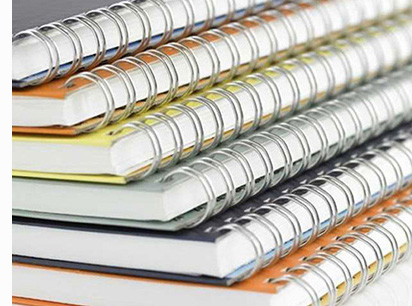
Wire-O binding is a professional and elegant book binding method. This method involves inserting a double-loop wire spine through small holes punched along the edge of the book. Wire-O binding is commonly used for notebooks, journals, calendars, and presentations.
The advantage of wire-O binding is its durability and premium appearance. The wire spine provides a strong and secure bind, ensuring that the pages stay in place even with heavy use. Wire-O binding also allows the book to lay flat when opened, making it easy to read and write in.
Additionally, wire-O binding offers customization options. The wire spine comes in various colors and sizes, allowing for personalization and branding. This makes wire-O binding a popular choice for projects that require a professional and polished finish.
Hardcover binding (case bound)
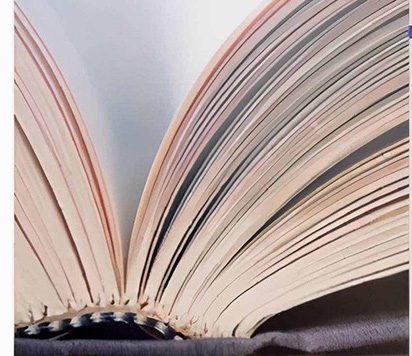
Hardcover binding, also known as case binding, is a high-quality and durable book binding method. This method involves attaching a sturdy hardcover to the book block using glue and thread. Hardcover binding is commonly used for children's books, photo books, and coffee table books, etc.
The advantage of hardcover binding is its durability and aesthetic appeal. The hardcover provides protection to the book block, making it resistant to wear and tear. Hardcover binding also offers a premium and professional appearance, making it suitable for projects that require a luxurious finish.
Additionally, hardcover binding allows for customization options. The cover can be printed with various finishes, such as foil stamping or embossing, enhancing the book's visual appeal and branding.
Board book binding
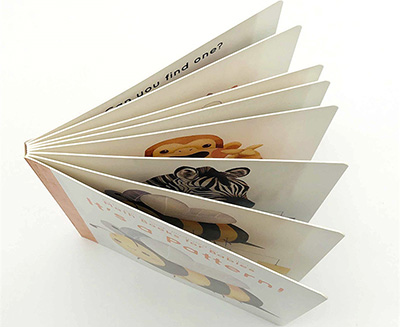
Board book binding is a specialized book binding method often designed for toddlers. This method is two sheet of cardboard wrapped together and then self cover or hardcover to be a book. Board book binding is commonly used for children's board books, photo albums, and puzzle books.
The advantage of board book binding is its durability and child-friendly design. The thick pages and sturdy board cover make board books resistant to tearing and bending, ensuring that they can withstand rough handling by young children. Board book binding also allows for the incorporation of interactive elements, such as flaps or pop-ups, enhancing the reading experience.
Additionally, board book binding offers customization options. The cover and pages can be printed with vibrant colors and engaging illustrations, making board books visually appealing and engaging for young readers.
Comb binding
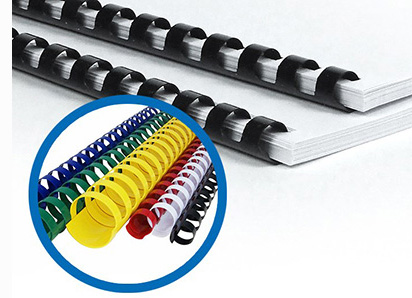
Comb binding is a versatile and cost-effective book binding method. This method involves inserting a plastic comb spine through rectangular holes punched along the edge of the book. Comb binding is commonly used for reports, proposals, and training manuals.
The advantage of comb binding is its affordability and ease of use. The plastic comb spine is inexpensive and can be easily opened and closed, allowing for easy page insertion or removal. Comb binding also allows the book to lay flat when opened, making it convenient for reading and writing.
However, it is important to note that comb binding may not be suitable for projects that require a premium finish or durability. The plastic comb spine may not hold up well over time, especially with frequent use or heavy handling. Comb binding is best suited for projects with a lower page count or those that require regular updates.
Other binding options
In addition to the popular binding methods mentioned above, Chinaprinting4u offers other binding options to meet various project requirements. These include concealed wire-O binding, loop stitch binding, and more.
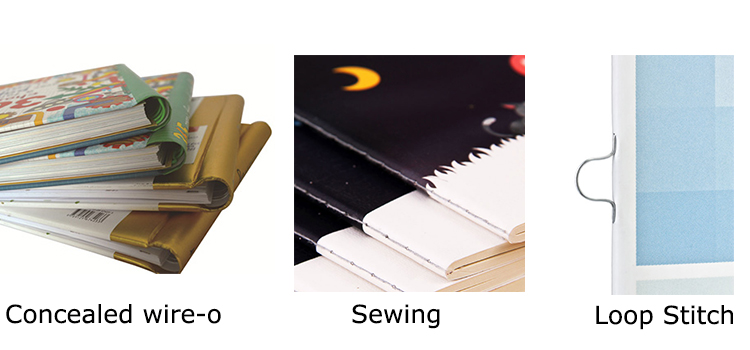
Concealed wire-O binding is a variation of wire-O binding where the wire spine is hidden within the cover, providing a seamless and clean finish. Loop stitch binding involves using loop to stitch the pages of a book together, creating a unique and rustic look.
These alternative binding options offer different aesthetic and functional features, allowing for further customization and creativity in book design.
Choose the right book binding method based on your project's needs and desired outcome. Consider factors such as page count, durability, aesthetics, and budget. Remember that each binding method has its advantages and limitations, so it's important to make an informed decision.
Contact us today to discuss your book printing and binding needs and start creating high-quality, professionally bound books that make a lasting impression.


 Tel/WhatsApp:
Tel/WhatsApp:








